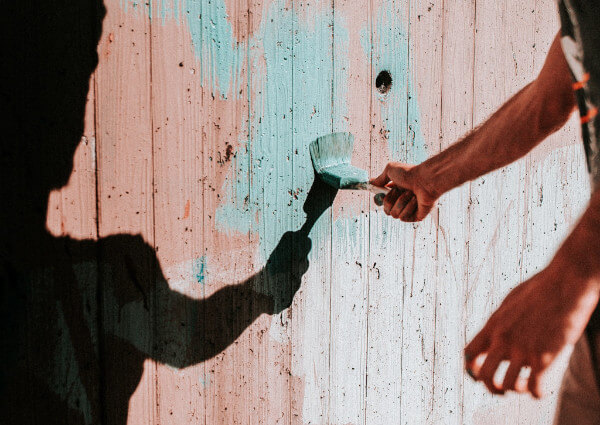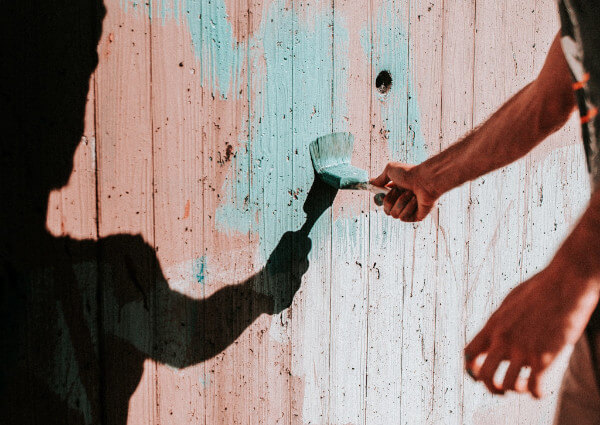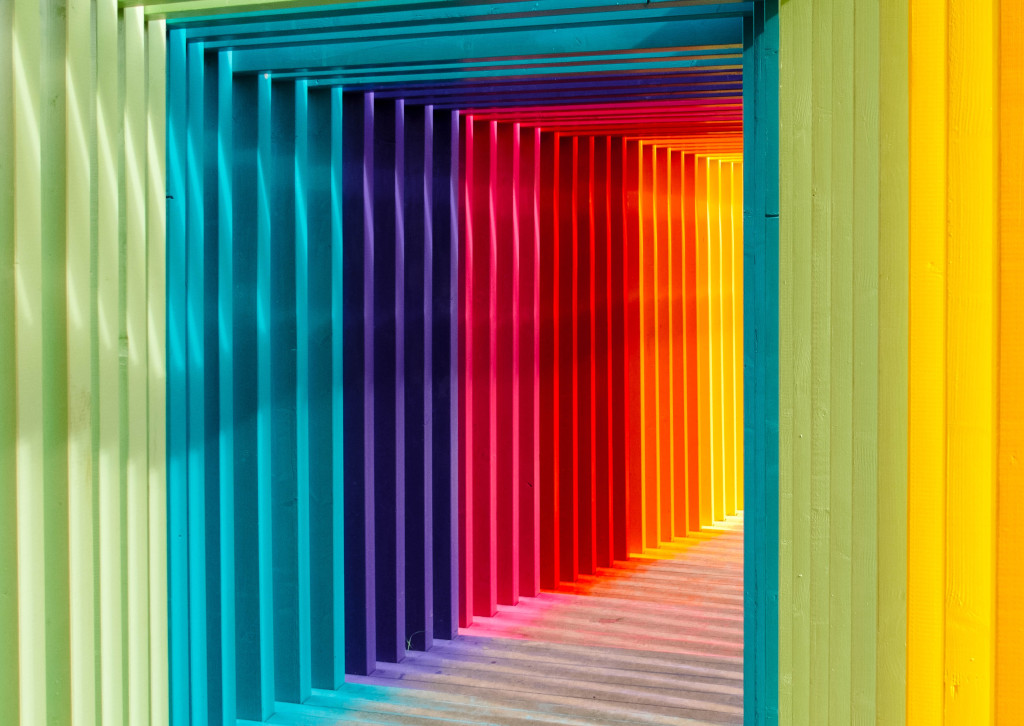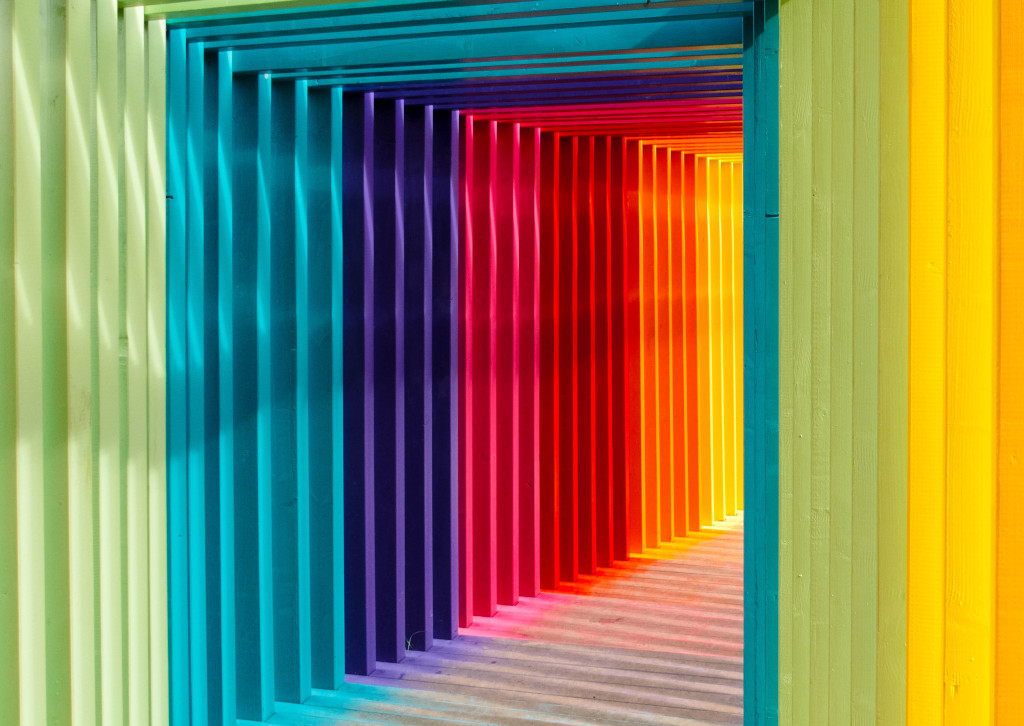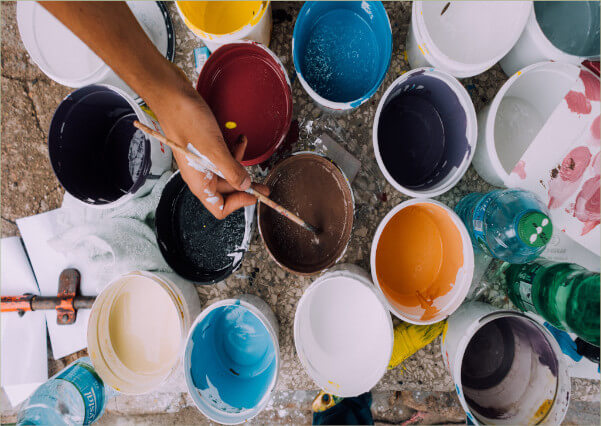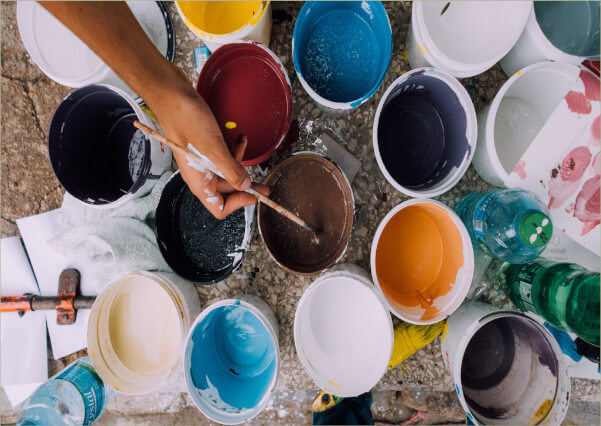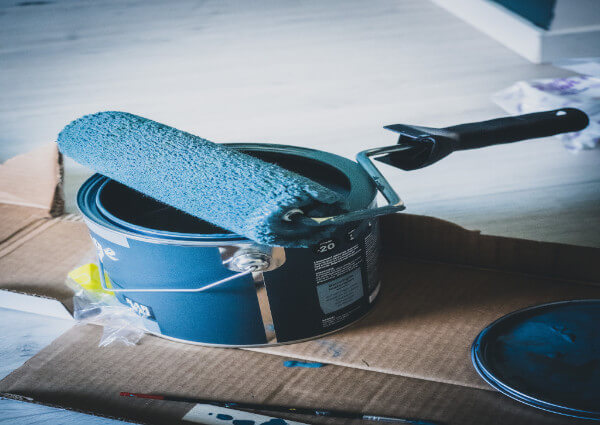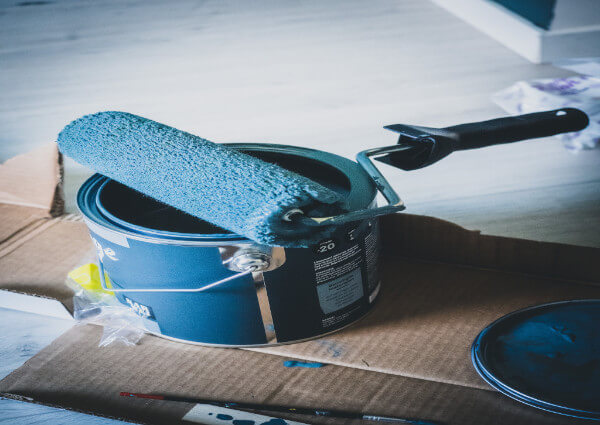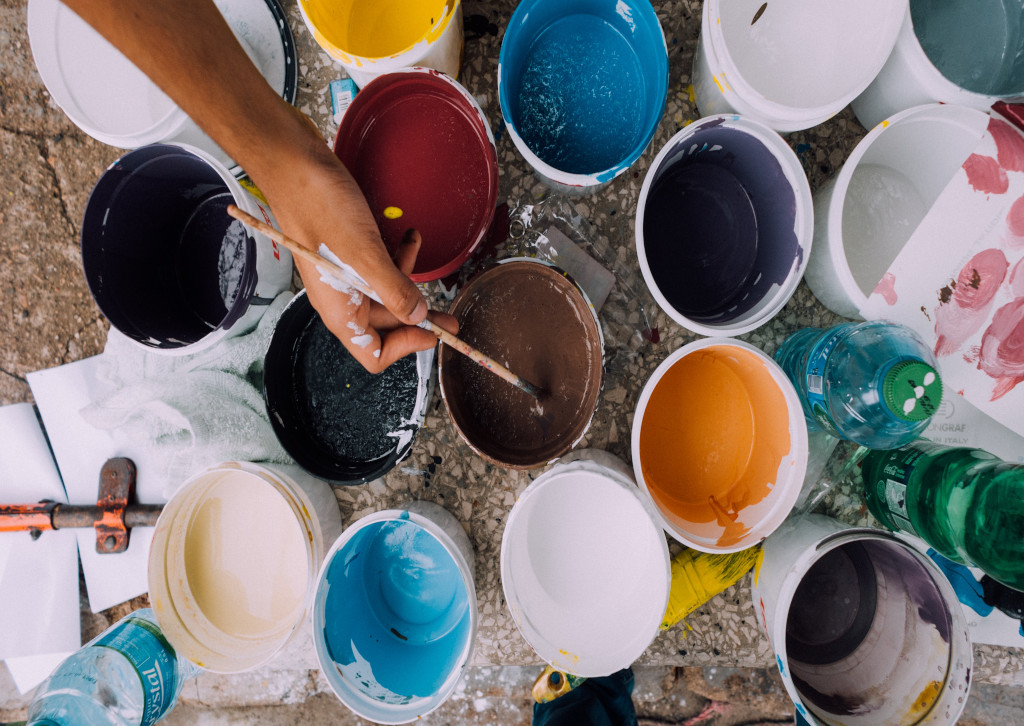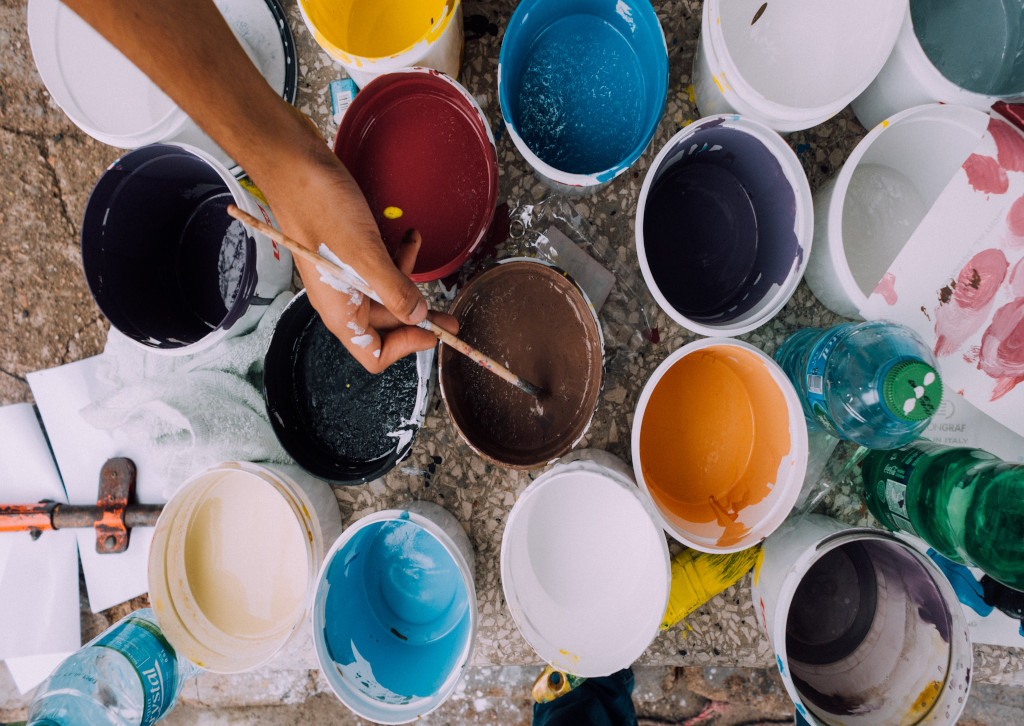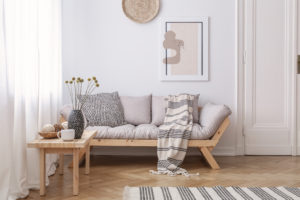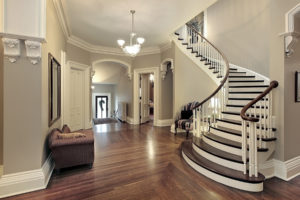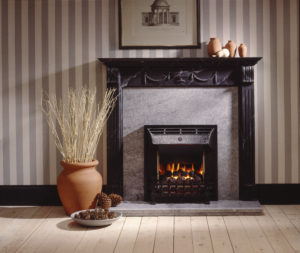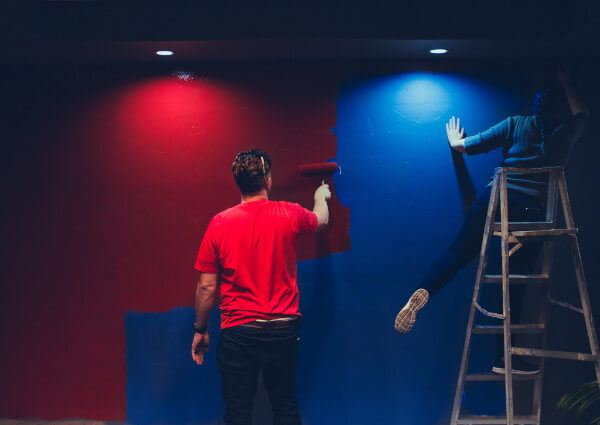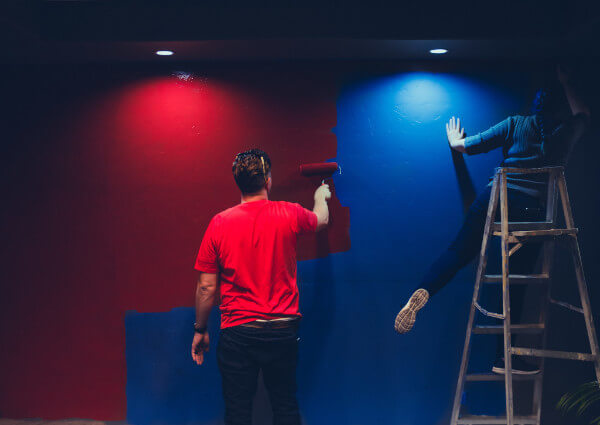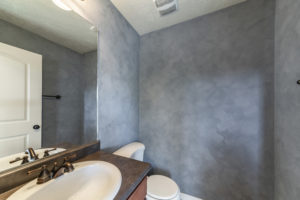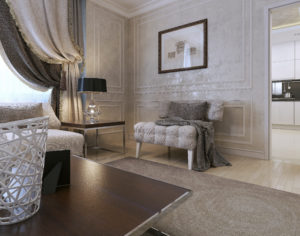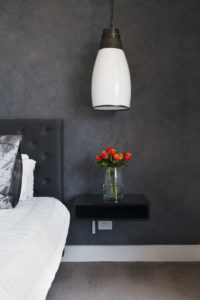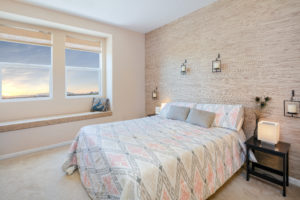>
If you’ve never painted the exterior of a home before, it’s crucial to take all of the proper steps to achieve long-lasting, even, and excellent results. If your goal is to boost your home’s curbside appeal, the last thing you would want to do is diminish it by doing a poorly planned job that doesn’t look as nice as you’d hoped for. With proper preparation, you can avoid costly and unnecessary mistakes that take time to resolve. Read on to learn more about how you can prepare to paint the exterior of your home.
Why is Preparation So Important?
A lot of novice home painters make the mistake of thinking that house painting is a simple, one-step process, but in reality, it’s not that at all. There are several steps that are crucial to take in order to achieve results that will last and that look great. If you cut corners, it could result in paint looking uneven and scarce in some areas, bubbling and dripping paint, or highlighting issues like nail holes and cracked wood. Down the road, a lack of preparation could even lead to huge, costly problems for your home.
Inspect Your Windows & Doors
Drip edge flashing is what you find surrounding windows and doors around your home; however, in older homes, there may just be caulk. It’s important to doublecheck all of these areas to make sure that no water is leaking into your house. You may be able to see by paint discoloration or rot, and it’s important to replace it if you want your new paintjob to last for years. As tempting as it is to paint over any problem areas, they won’t look good down the road, and you’ll just need to replace the wood and edging in the area anyways if mold or mildew is present.
Don’t Forget to Sand & Powerwash
It’s important to get all of the old paint off of your home before adding another layer. Stacking several layers on top of each other without properly removing the current coat will just trap dirt, dust, and other pollutants beneath it, ruining its appearance and cleanliness. Be sure to sand and powerwash the exterior of your home thoroughly before adding a new coat.
Never Rush Through the Job
Rushing through a job can be tempting, especially if you weren’t prepared for the investment in time that this project takes. However, if you don’t take your time by applying the proper number of coats, you’ll end up with patchy results that will be less than desirable.
If you don’t have any experience in exterior painting, painting your whole home is a huge project to take on by yourself. Instead of taking it on alone, you can call in professional painters as reinforcements to make sure that you get the results that you were hoping for all along. You also won’t have to deal with any of the stress or hassle that comes with fixing any mistakes you make.
About Platinum Painting
At Platinum Painting, our team of professional painters never cuts corners. They take their time in each stage of the project, including preparation, painting, and finishing touches, to make sure that each homeowner is satisfied with the results. We even offer a satisfaction guarantee! You can visit our website or call us at 214-347-7269 to schedule a free in-home estimate.
The post How Should You Prep the Outside of Your Home for Painting? appeared first on Platinum Painting Blog.






